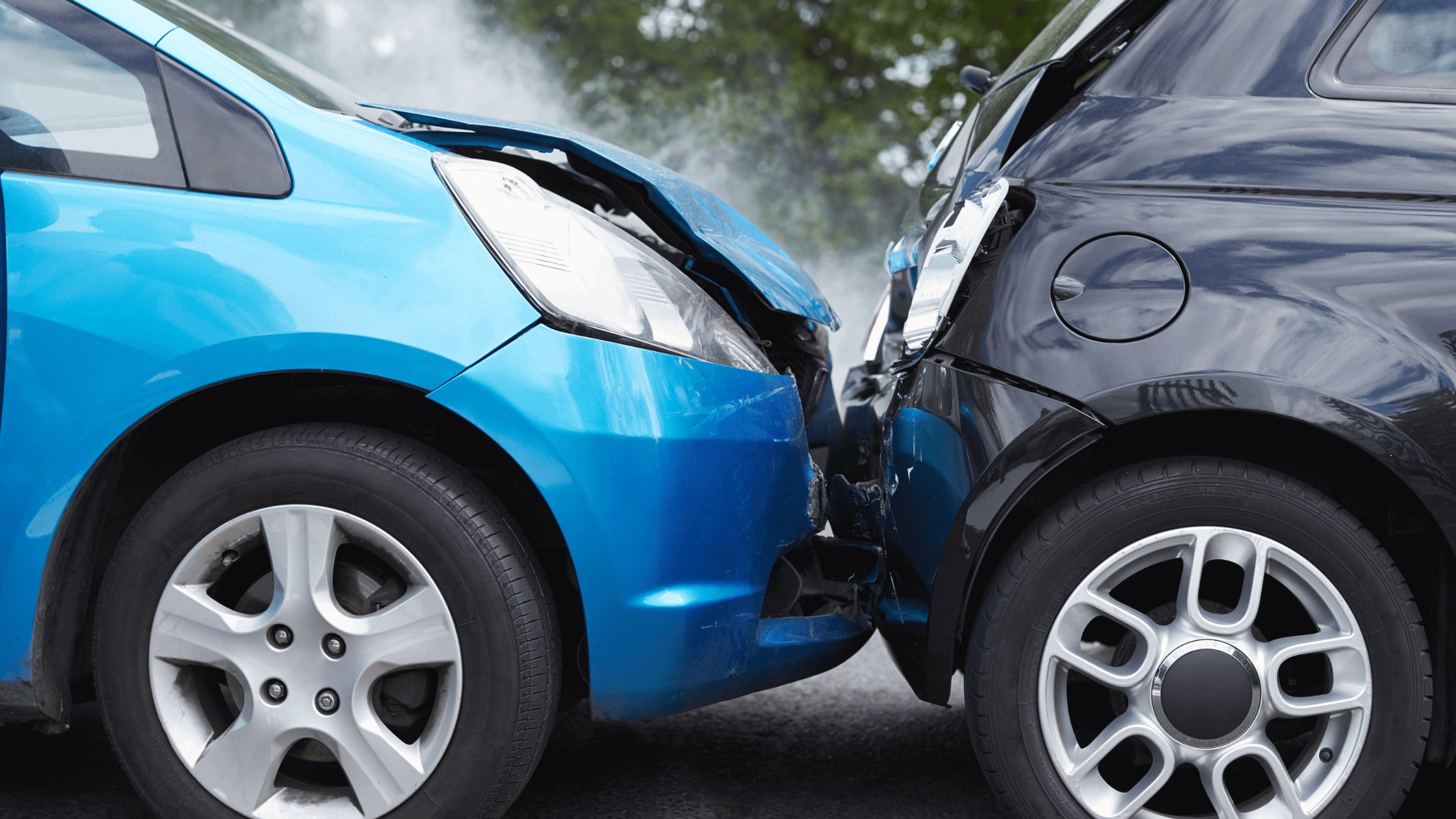The Road to Recovery: How Physical Therapy Helps After a Car Accident

Licensed Physical Therapist, PT, DPT // Director of Marketing and Sales // Certified Dry Needling Specialist // EW Motion Therapy Homewood
Car accidents can happen in the blink of an eye, leaving those with physical and emotional scars that can linger long after the collision. While immediate medical attention is crucial, the journey to recovery doesn't end in the emergency room. Physical therapy is pivotal in helping individuals regain their strength, mobility, and quality of life after a car accident. We love helping our clients at EW Motion Therapy reduce pain and restore mobility after a car accident - our team of physical therapists can create a customized plan for you based on your needs and goals. Even if you decide that our physical therapy doesn’t fit your needs, you can still read on as we explore the most common injuries sustained in car accidents and how physical therapists collaborate with other professionals to guide patients in recovery.
Common car accident injuries
- Whiplash: Whiplash is one of the most prevalent injuries in car accidents, especially in rear-end collisions. It occurs when the head is forcefully jerked back and forth, straining the neck muscles and ligaments. Symptoms include neck pain, stiffness, headaches, and sometimes shoulder or upper back pain.
- Fractures: Car accidents can lead to various types of fractures, such as broken bones in the arms, legs, ribs, or spine. Fractures may require surgery, casting, or bracing, followed by physical therapy to regain strength and function.
- Soft tissue injuries: These injuries involve damage to muscles, tendons, and ligaments, often resulting in sprains, strains, or tears. Soft tissue injuries can cause pain, swelling, and limited mobility, making physical therapy essential for rehabilitation.
- Spinal cord injuries: Severe car accidents can lead to spinal cord injuries, which may result in paralysis or loss of sensation. Physical therapists work with patients to improve mobility and function, focusing on strengthening unaffected muscle groups.
- Traumatic brain injuries (TBIs): TBIs can range from mild concussions to severe brain damage. Physical therapy can address balance, coordination, and cognitive deficits that may occur after a TBI.
How physical therapy helps after a car accident
- Pain management: Physical therapists use manual therapy, modalities like heat or ice, and exercises to alleviate pain. They can also teach patients pain management strategies to use at home.
- Restoring mobility: Individuals may experience stiffness and limited range of motion after an accident. Physical therapists design customized exercise programs to improve flexibility and mobility.
- Strengthening muscles: Weakness often accompanies injuries. Physical therapists target specific muscle groups to rebuild strength. This is crucial for regaining independence in daily activities.
- Balance and coordination: Balance problems are common after accidents. Physical therapists employ balance exercises to reduce the risk of falls. Coordination exercises help patients regain control of their movements.
- Scar management: Surgery or wound healing can result in scar tissue. Physical therapists can perform scar tissue massage and stretching to improve tissue mobility.
- Education and home exercises: Physical therapists educate patients about their injuries and recovery process. They provide home exercise programs to ensure patients continue to progress between sessions.
Collaboration with other professionals
Physical therapists don't work in isolation; they collaborate with various healthcare professionals to ensure comprehensive care for accident victims:
- Physicians: Doctors diagnose injuries, prescribe medications, and refer patients to physical therapy. They also monitor overall recovery progress.
- Emergency room physicians: Emergency room doctors assess and prioritize car accident victims, stabilizing them by administering initial treatments, pain management, and diagnostic tests. They then coordinate care, consult with specialists, and provide ongoing monitoring and support to ensure the best possible outcomes for patients.
- Orthopedic surgeons: Surgeons may be necessary for fractures and other serious injuries. Physical therapists work closely with them to plan rehabilitation programs.
- Chiropractors: Chiropractors can provide complementary care by addressing spinal misalignments and joint issues that affect mobility.
- Occupational therapists: Occupational therapists step in to improve functional independence for individuals who require assistance with daily activities.
- Psychologists and psychiatrists: Mental health professionals help individuals cope with the emotional trauma of the accident. Physical therapists collaborate to address mental health-related physical symptoms.
- Case managers: In severe cases, case managers coordinate various aspects of care, ensuring patients receive all necessary services, including physical therapy.
Car accidents can profoundly impact a person's life, leaving them with physical and emotional challenges to overcome. Physical therapy is crucial to recovery, addressing common injuries like whiplash, fractures, and soft tissue damage. Physical therapists help manage pain, restore mobility, and improve overall function. Moreover, the collaborative nature of rehabilitation is essential. Physical therapists work with physicians, surgeons, and mental health professionals to provide holistic care. This teamwork ensures that accident victims receive comprehensive support on their journey to recovery.
So, if you or a loved one has experienced a car accident, remember that physical therapy is not just about healing the body—it's about rebuilding lives, one step at a time. Our team of experts at EW Motion Therapy prioritizes getting to know our patients as individuals, listening to their stories, and ensuring we form an emotional connection before physical therapy even begins. If you’re curious about what else physical therapy can do for you, click the button below to download our answers to 20 frequently asked questions.


